Memory in names: Baku streets honouring heroes of oil glory. Part II A journey through history
Continued. Beginning here.
In many corners of Azerbaijan, one can find streets and avenues named after legendary oil workers—individuals whose labour forged an entire era in the country’s history of energy glory. These names have become symbols of recognition and eternal gratitude for their dedication to the profession and embodiment of the outstanding contribution they made to the development of the oil industry. Among these figures, a special place is held by Gurban Abbasov—one of those who stood at the origins of oil extraction.
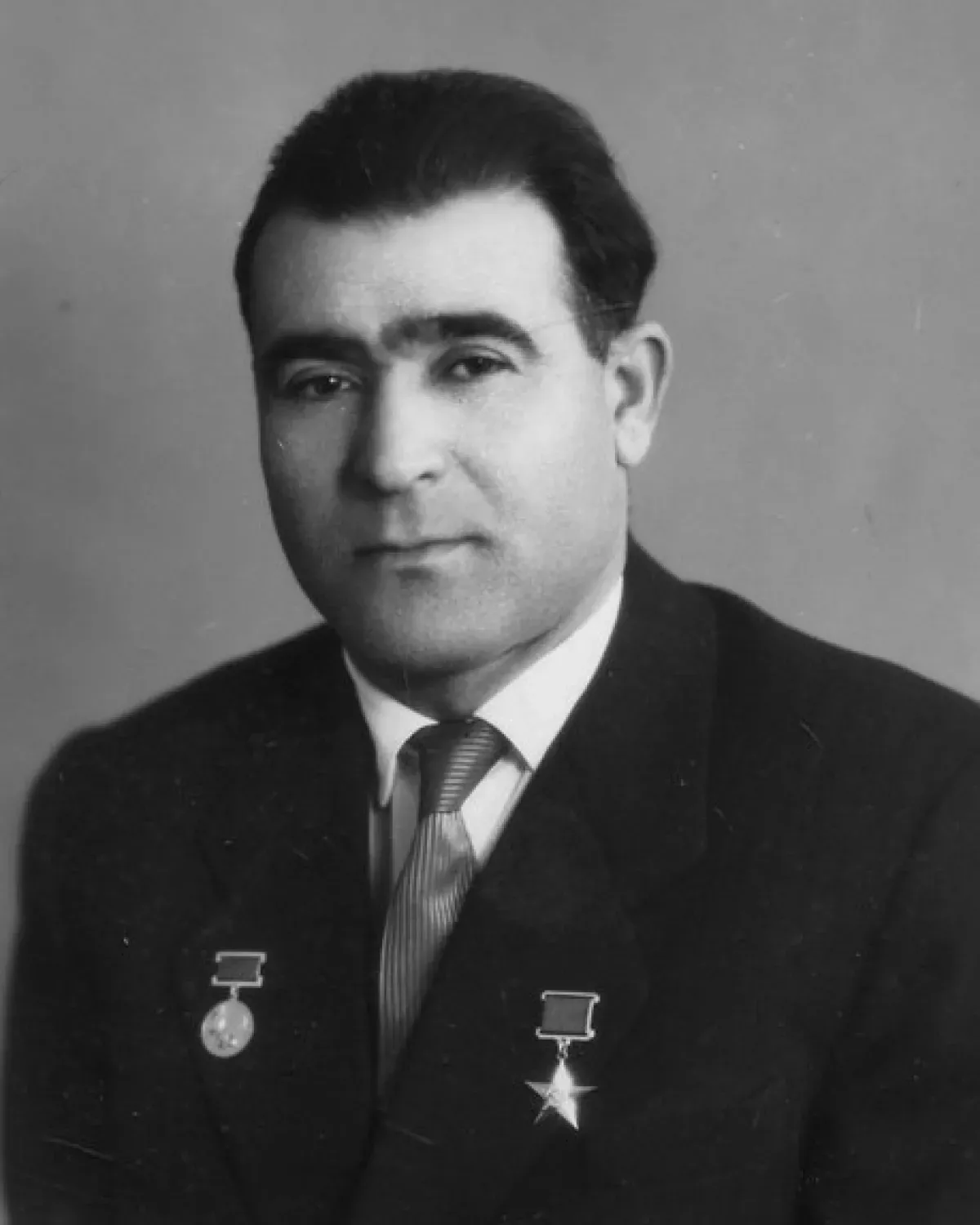
Gurban Abbasov was an outstanding Azerbaijani oilman who made a significant contribution to the development of the country’s oil industry. He was born in 1926 in the Nakhchivan Autonomous Soviet Socialist Republic. In 1962, he graduated from the Azerbaijan State Institute of Oil and Chemistry (now the Institute of Petrochemical Processes named after Academician Yusif Mammadaliyev), continuing his studies alongside his professional career.
He began working in 1943, starting out as a collective farm worker and eventually rising to become General Director of the all-Union industrial association Kaspmorneftegazprom. Over the years, he held senior positions in leading oil enterprises across the country. From 1992, he served as Chief Advisor to the State Oil Company of Azerbaijan (SOCAR).
Gurban Abbasov distinguished himself as an experienced industrialist, an innovator, and a bold organiser. He was among the first oilmen to pioneer offshore oil production. Together with Mikhail Kaverochkin, he took part in drilling operations at Neft Daşları (Oil Rocks), where the first offshore oil was successfully extracted on 7 November 1949.
In 1950, Abbasov set a record by increasing the drilling depth of each of his office’s nine rigs to 1,400 metres. He was instrumental in introducing semi-submersible drilling rigs such as Shelf-1 and Shelf-2 into practical use in the challenging conditions of the Caspian Sea, and he also took part in the exploration of several new oil fields.
During the Tenth Five-Year Plan, the team led by Abbasov fulfilled the state production target in just two and a half years, delivering an additional 200,000 tonnes of oil beyond the plan. In that same period, new technologies were introduced and advanced practices began to be applied. The teams under his leadership consistently achieved high production results and became some of the industry’s top performers.

With the direct involvement of Gurban Abbasov, Kaspmorneftegaz discovered a major group of offshore oil and gas condensate fields—Azeri, Chirag, and Gunashli. He played an active role in the preparations leading up to the signing of the “Contract of the Century” in 1994, under which these fields were handed over for joint development with leading international oil companies.
In 1951, Abbasov was awarded the Stalin Prize, First Class. In 1959, for his outstanding contributions to the industry, he was honoured with the title Hero of Socialist Labour. He was named Honoured Oilman of the USSR in 1975 and Honoured Engineer of the Azerbaijan SSR in 1951. He was twice awarded the State Prize of the Azerbaijan SSR—in 1972 and again in 1991—for different achievements.
In recognition of his immense contributions to the oil sector, several landmarks bear Gurban Abbasov’s name: a floating crane, a Palace of Culture, a street in Baku’s Sabail district, a school, and a bridge. A memorial plaque has been installed on one of the buildings associated with him. Composer Amina Rzayeva dedicated a song to him titled Neftchi Gurban ("Oilman Gurban"). His name rightfully belongs among those who laid the foundations of Azerbaijan’s oil might—whose labour ushered in a new era in the country’s history.
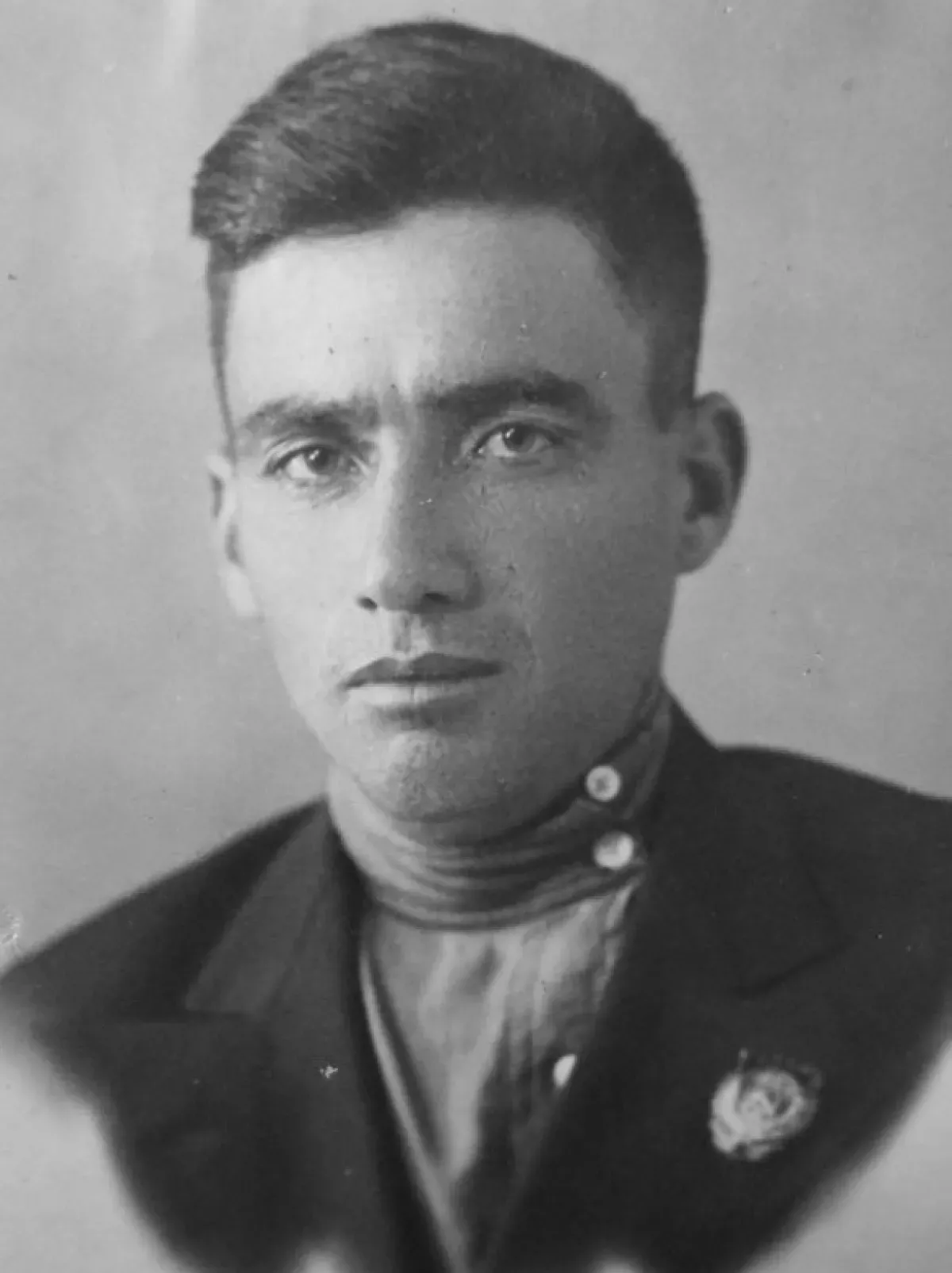
There is a street in Baku named after another prominent figure in the oil industry—Rustam Rustamov. His name is firmly etched into the history of Azerbaijan’s oil production. Born in 1910 into a working-class family in Baku, Rustamov began earning a living from a young age and later devoted himself entirely to the oil sector.
As a drilling foreman, he quickly gained a reputation as a true innovator and outstanding professional. His team was among the first in the country to use ultra-heavy drill pipes, which enabled them to successfully penetrate even the most challenging geological formations.
Rustamov was also a pioneer in the development of offshore fields, introducing the single-string well drilling method, which significantly sped up operations and conserved resources. His contributions made him one of the early developers of oil fields in the areas of Peschany Island, Garadagh, and Ilyich Bay.
During World War II, at a time when the country's fate depended on the dedication of workers on the home front, Rustam Rustamov and his team made a significant contribution to the victory effort. Their work focused on increasing oil production volumes and improving the quality of oil products—both of which were critically needed on the front lines.
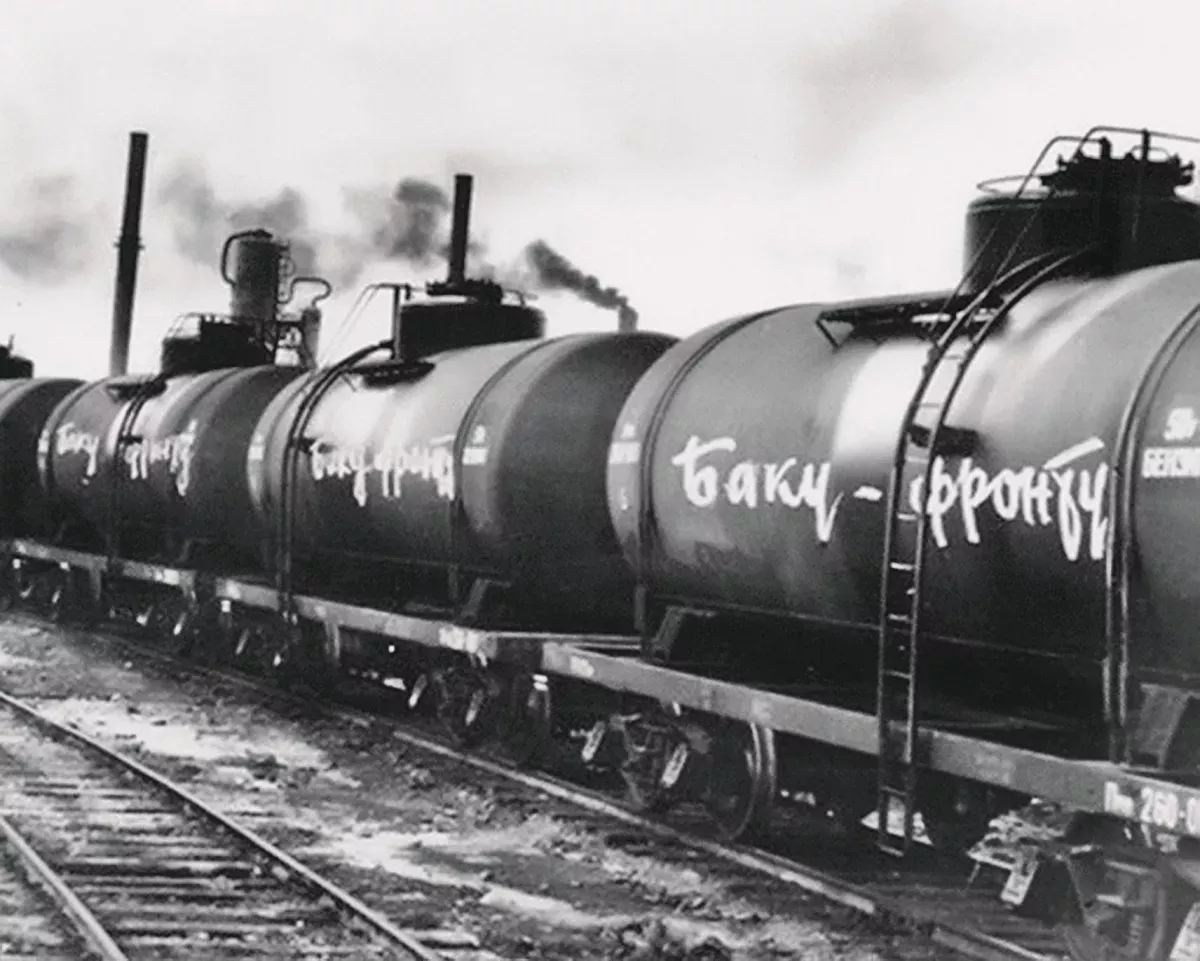
It was during these difficult wartime years that the Stakhanovite movement gained particular momentum at the Baku oil fields—and Rustamov’s team became one of its brightest examples. As one of the top-performing crews in their division, they were awarded the Red Banner of the USSR People’s Commissariat of the Oil Industry. In 1942, they were officially recognised as the best drilling crew in the entire Soviet Union.
The labour feats of Rustamov and his team are remarkable in their scale. In 1943, the Stalinneft trust drilled only twenty oil wells, of which eleven—more than half—were completed by Rustamov’s crew. In just one year, they drilled 5,207 metres in offshore areas, making a substantial contribution to ensuring the country’s energy security during wartime.
The memory of Rustam Aziz oglu Rustamov lives on not only through his professional achievements. In 1973, the Azneft association, the Republican Committee of the Oil and Gas Workers’ Trade Union, and the editorial office of the newspaper Vyshka established an annual award in his name. This prize was given to the best exploration drilling crew for outstanding achievements in onshore well drilling. His name became a symbol of dedication to the profession and a drive for technological progress. It was for such accomplishments that he was awarded the title Hero of Socialist Labour in 1944.
A street in Baku’s Nasimi District named after Rustam Rustamov stands as a tribute to a man whose life and career were inextricably linked to the history of Azerbaijan’s oil industry. His name represents a legacy of tireless effort that laid the foundation for the country’s energy development and serves as an enduring example for future generations.
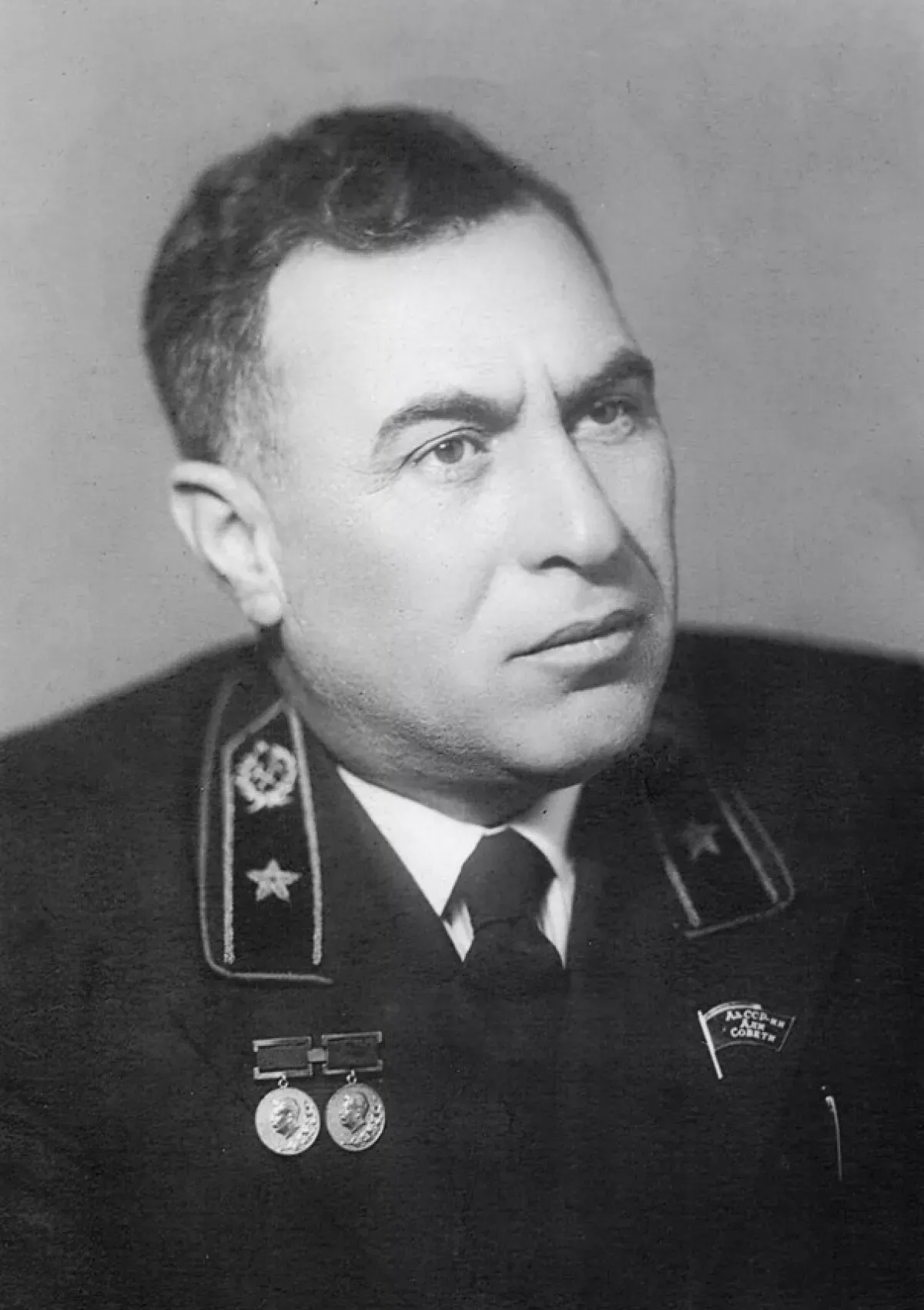
One of Baku’s central thoroughfares bears the name of Yusif Safarov — an outstanding Azerbaijani oilman, Honoured Engineer of the Azerbaijan SSR (1960), two-time recipient of the Stalin Prize (1946, 1951), pioneer of offshore drilling, and deputy of the Supreme Soviet of the Azerbaijan SSR of the 5th convocation. His name has gone down in history as a symbol of engineering ingenuity and the progress of the oil era.
Yusif Safarov was born in 1907. After completing school, he enrolled at the Petroleum Engineering Faculty of the Azerbaijan Industrial Institute (now the Azerbaijan State Oil and Industry University), graduating in 1931. Upon graduation, he was assigned to an exploration drilling office in Lokbatan, which was tasked with discovering new oil fields.
The first well drilled under his leadership struck oil immediately. Just two years later, the exploration office headed by Safarov drilled the legendary Well No. 45, which produced a powerful oil gusher. These achievements did not go unnoticed.
On the eve of 1936, the newspaper Zarya Vostoka published an article describing his accomplishments as follows: "There used to be a single exploration rig in Lokbatan, but five years later, a forest of derricks had grown. Once a barren plain around the Lokbatan mud volcano, today it thrives with the life of a young oil field. The work and entire life of engineer Yusif Safarov are inextricably linked with the life of this field."
By the outbreak of the war against fascism, Yusif Safarov had become the head of the drilling department at the Azneftekombinat association. In 1941, thanks to Safarov’s progressive working methods, Azerbaijan drilled its first directional well, No. 1385, from Ilyich Bay (Bibiheybat district).
In 1944, Safarov defended his Candidate of Sciences thesis on “Deep Sea Drilling,” emphasising the urgent need to develop offshore resources. Later, he published a series of scientific works, including fundamental studies such as “Construction of Oil and Gas Wells at Sea,” “Turbine Drilling,” “Clay-based Drilling Fluids,” “Electrical Equipment for Offshore Drilling,” “Electro-drilling,” and others.
In 1945, a Special Trust for Offshore Exploration and Drilling was established, with Yusif Safarov appointed as its director. In his drive to introduce modern technologies into production, he was sent on a mission to Germany, from where he brought back several shipments of advanced captured oil equipment.
The year 1946 was a landmark in Safarov’s career: he developed a new drilling method that enabled the turbine drilling of the deepest well at the time — reaching a depth of 4,000 metres. For designing the construction and methods for rapid assembly of drilling rigs both onshore and offshore, he was awarded the Stalin Prize, Third Degree. In the same year, he was appointed Chief Engineer of the Azneft Offshore Drilling Trust.
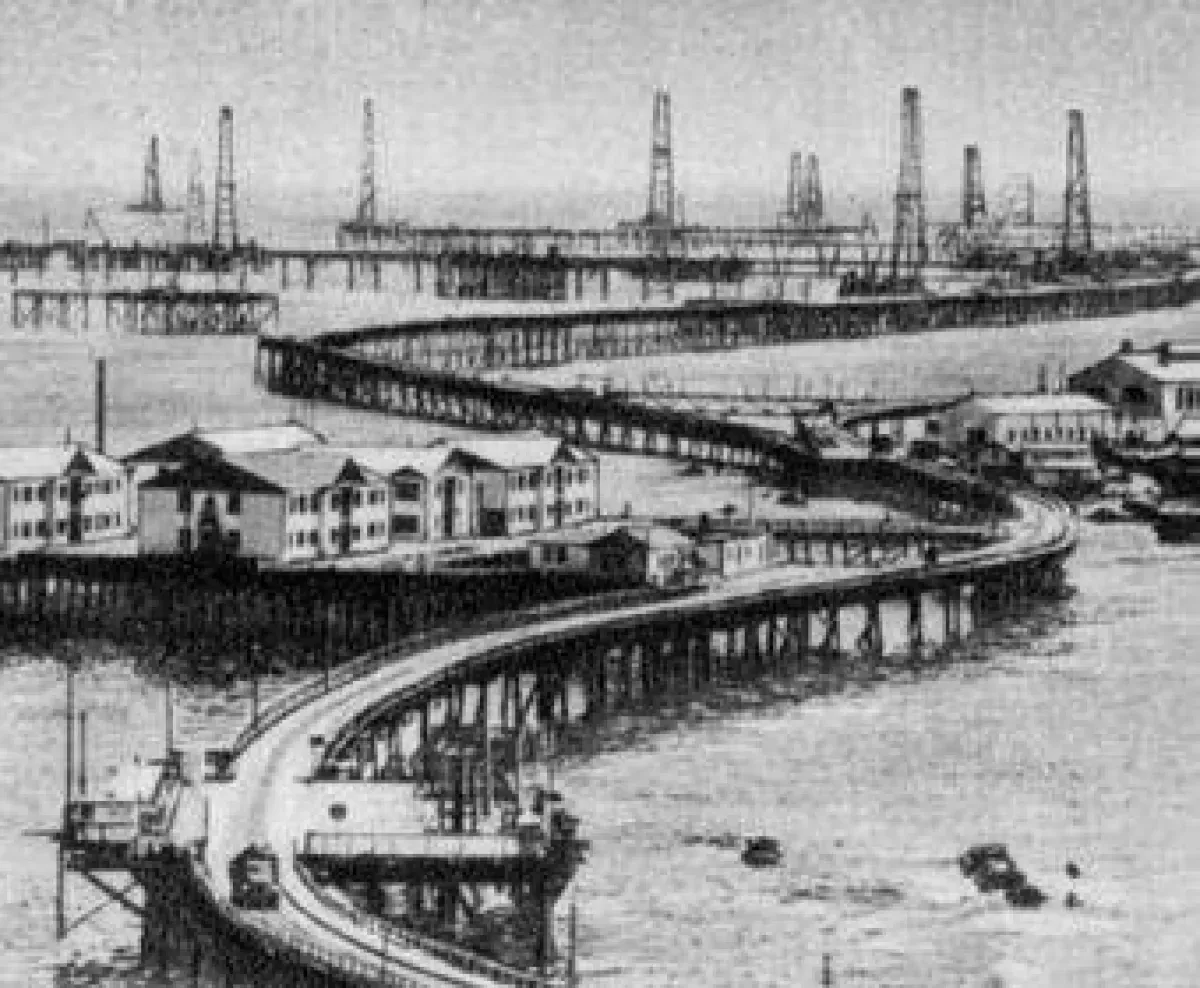
Yusif Safarov was one of the pioneering specialists at the origins of developing the Neft Daşları (Oil Rocks). In 1946, the most challenging exploratory studies began in this area. On November 14, 1948, a team of specialists—including geologist Agha Gurban oglu Aliyev, drilling expert Yusif Safarov, and head of the Aznefterazvedka association Sabit Orujov—landed on a rocky group of islets. It was here that the first drilling rig was installed.
On November 7, 1949, well No. 1 produced a powerful oil gusher, marking the start of industrial offshore oil production. This event was the first time in world history that a well was drilled and an oil field was discovered in the open sea!
Today, in the Hall of Fame at Houston’s Ocean Star Museum and Educational Center, a memorial plaque honours Yusif Safarov and Agha Aliyev in recognition of their outstanding contributions to the global oil industry.
In September 1953, Yusif Safarov became the head of the Experimental Electric Drilling Office. At Site 20, he established a powerful infrastructure that included an electromechanical base, a drilling office building, a test drilling rig, and other facilities. At the same time, Safarov taught at the Azerbaijan State University of Oil and Industry in the department of "Drilling of Oil and Gas Wells," passing on his knowledge to young specialists.
Yusif Safarov’s name has been immortalised in the name of a diesel-electric vessel, as well as one of the central streets in Baku’s Khatai district. A memorial plaque is installed on the house in Baku where he lived. His work, innovative ideas, and organisational skills became an important part of the country’s oil history, justly commemorated in street names and in the memory of generations.
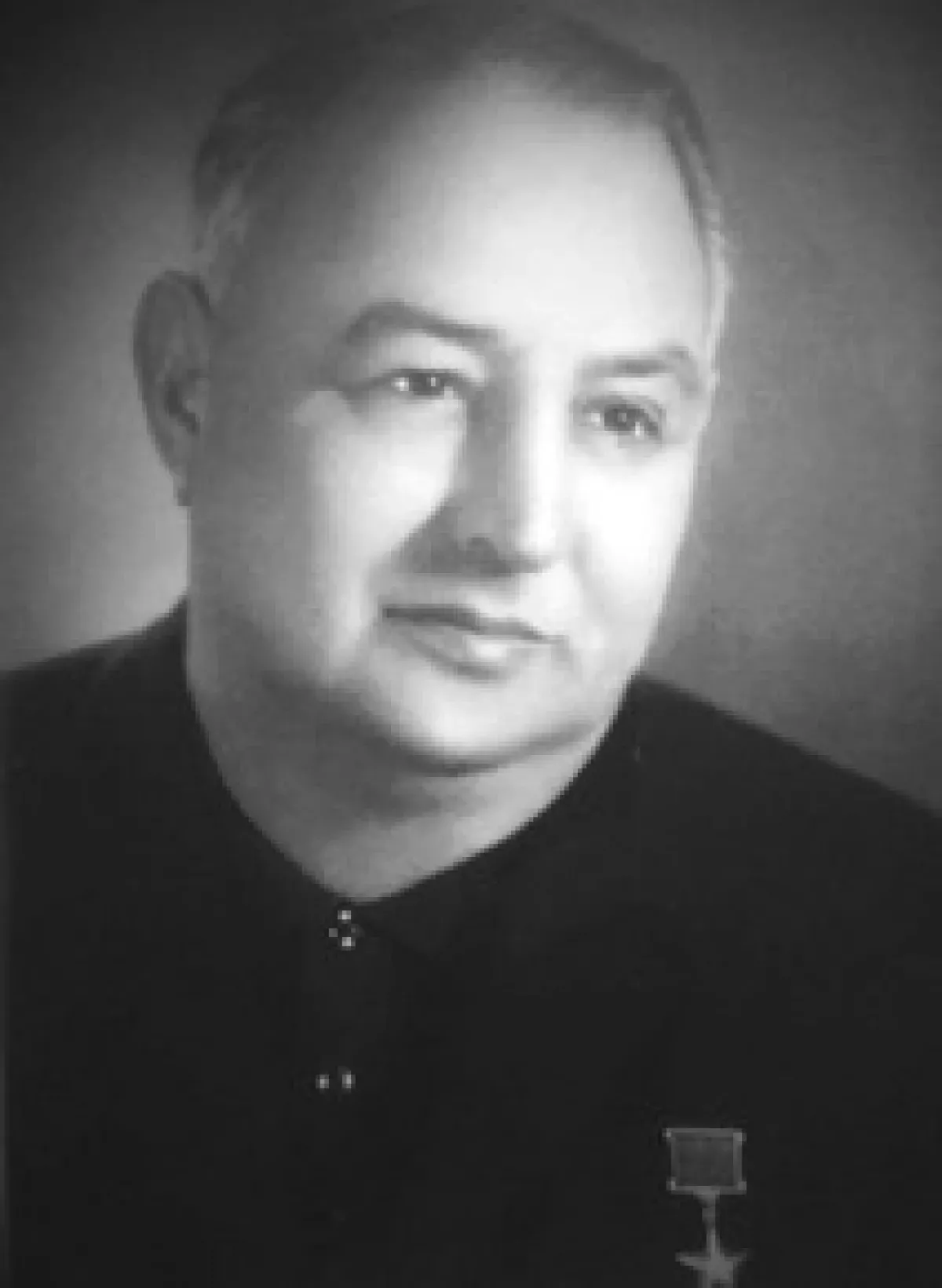
Mirza Mustafayev was an outstanding Soviet Azerbaijani oil worker and geologist who made an invaluable contribution to the development of Azerbaijan’s oil industry. Born in 1912 into a working-class family in the village of Sabunchu, he received his education at the Azerbaijan Industrial Institute (now Azerbaijan State University of Oil and Industry) and dedicated his entire life to working for the benefit of his homeland.
From 1933 to 1955, Mustafayev advanced from senior laboratory assistant to head of oil fields at Baku’s oil deposits. In 1955, he was appointed head of the oil and gas production management, where he proved himself a talented and farsighted leader. Under his leadership, the management team achieved outstanding results in fulfilling the tasks of the Seven-Year Plan. Later, Mirza Mustafayev continued his career in the production association "Azneft" as head of the technical department.
Mustafayev also made significant contributions to science, authoring numerous scientific papers. He was one of the first to introduce automation into the oil industry. His candidate dissertation focused on the topic “Development of oil reservoirs in the Nadkirmakin sandstone layer of the Bibiheybat field and methods of intensifying oil recovery.”
Beyond his remarkable professional achievements, Mirza Mustafayev was actively involved in the social and political life of the country. A member of the Communist Party since 1939, he was elected deputy of the Supreme Soviet of the Azerbaijan SSR of the 6th convocation, as well as a member of the Baku City Workers' Deputies Council from 1948. He also served as a delegate to the Communist Party of the Soviet Union (CPSU) and trade union congresses, reflecting the high level of trust placed in him as both a specialist and a citizen.
In 1973, Mustafayev headed the technical department of the production association "Azneft" under the Ministry of the Oil Industry of the USSR, making an invaluable contribution to the development of the oil sector not only in Azerbaijan but across the entire Soviet Union. For his labour valor and outstanding contribution to the oil industry, he was awarded numerous high honours, including the Order of Lenin (1966), the Order of the Red Banner of Labour (1953), two Orders of the Badge of Honour (1942 and 1959), as well as the Medal for Labour Valour (1951). In 1960, he was bestowed the honorary title of Honoured Engineer of the Azerbaijan SSR.
In recognition of his exceptional contribution to oil science and industry, one of the streets in the Sabail district of Baku now bears the name of Mirza Mustafayev. He remains forever in memory as an inspiring example of dedication to his profession, science, and society.
The names of Gurban Abbasov, Rustam Rustamov, Yusif Safarov, and Mirza Mustafayev will forever be remembered by future generations as symbols of courage, innovation, and selflessness in the development of the oil industry.
To be continued
Vahid Shukurov, exclusively for Caliber.Az








